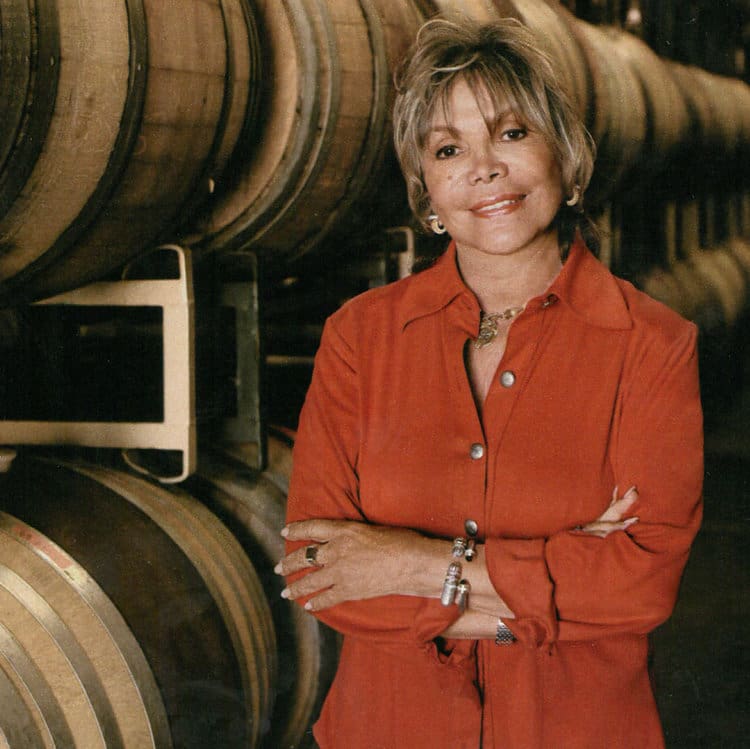Vintners in Virginia’s newest AVA speak pride of place and hope for increase in consumer engagement.
—Paul Vigna
Matthew Meyer has been the winemaker at The Williamsburg Winery in Virginia for two decades, where his many accomplishments include a Governor’s Cup in 2014 for a red blend called Adagio.
By then, the discussion already was underway there to seek approval for that small section of the state, part of the Atlantic Coastal Plain, as an AVA.
“I believe what led to starting the process was to show that we do, in fact, have a unique area for growing grapes,” Meyer says. “This is not to say we are better than anywhere else, but simply different … that the wines grown in the Virginia Peninsula will show different characteristics than grapes from other areas.”
The Williamsburg Winery led that initiative, which paid off with the announcement last month that the Alcohol and Tobacco Tax and Trade Bureau (TTB) had officially given its blessing to the Virginia Peninsula American Viticultural Area (AVA), which includes five wineries and 112 acres of commercial vineyards.

Effective as of Friday, September 24, it became the ninth AVA in Virginia, a state with more than 300 wineries that’s ranked seventh nationally in production (2.4M gallons), based on 2018 data from WineAmerica.
“It’s a subtropical climate, but add an asterisk to that,” says Tayloe Dameron Jr., the wine manager at Upper Shirley Vineyards in Charles City. “Subtropical with elements of continental. That’s why this AVA is so unique. It’s its own climate. Hot, humid summers, with a lot of rain scattered throughout the year but with four distinct seasons.”
Soil content is made up of Cenozoic-era sand, mud, sand and gravel, which promotes a healthy grape-growing environment. The most planted white grapes include Chardonnay, Riesling, Viognier, and Petit Manseng. Meyer notes that Albarino plantings continue to increase and will have a big future in the new AVA. Among the thriving red wine grapes, there’s Cabernet Franc, Merlot, Petit Verdot, Mourvèdre, and Tannat.
Vintners hope that being able to label their wines with the new AVA designate will provide an additional selling point for consumers. “It’s awesome,” Dameron Jr. says. “Scientifically, it proves that we are different than Charlottesville; we are different than the Piedmont. So, there’s a uniformity to this area, which is great. Hopefully it will drive [more business].”

Though unavailable for interviews, these sentiments no doubt echo similar thoughts from the other three producers within the Virginia Peninsula: New Kent Winery, Saudé Creek Vineyards and Gauthier Vineyard.
“A lot of effort, and consequently time, goes into perfecting an AVA application before sending it out for public comment as part of the rulemaking process,” says Tom Hogue, the TTB’s Congressional liaison, of the extended and extensive process. ”It’s very much a collaborative effort to ensure the best chance of success. Interest in creating new AVAs or refining existing AVAs remains strong.”
The Virginia Peninsula AVA is the country’s 258th, which include those that exist in a single state and others that cross state lines. California has the most, at 142. Another 16 applications remain in limbo, accepted but waiting for the final step of being published in the Federal Register.
While there’s no fee to apply for AVA status, the cost in time and research is quite significant.
As Meyer of told Frank Morgan of the Daily Press, the memories of sitting on the floor taping together geological survey maps “to get a complete picture of the geology and topology of the region” haven’t faded.
Still, Meyer told Wine Industry Advisor, it was all worth it. “As a winemaker and grape grower it is particularly satisfying to be recognized as having a unique terroir,” he says.

_______________________________________________________________________
 Paul Vigna is a writer and editor in Harrisburg, Pa., who has been covering East Coast wines for 10 years. He was the first winner of the Atlantic Seaboard Wine Association’s Birchenall Award in February 2018. You can find him at the Wine Classroom at www.pennlive.com and follow him on Twitter @pierrecarafe
Paul Vigna is a writer and editor in Harrisburg, Pa., who has been covering East Coast wines for 10 years. He was the first winner of the Atlantic Seaboard Wine Association’s Birchenall Award in February 2018. You can find him at the Wine Classroom at www.pennlive.com and follow him on Twitter @pierrecarafe





